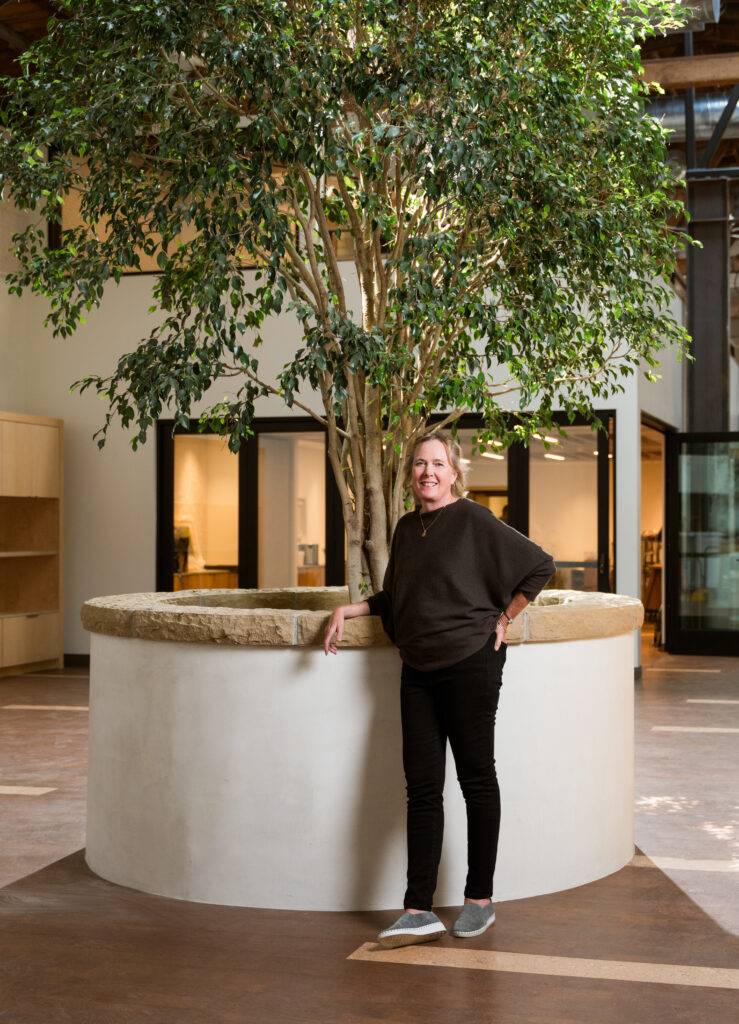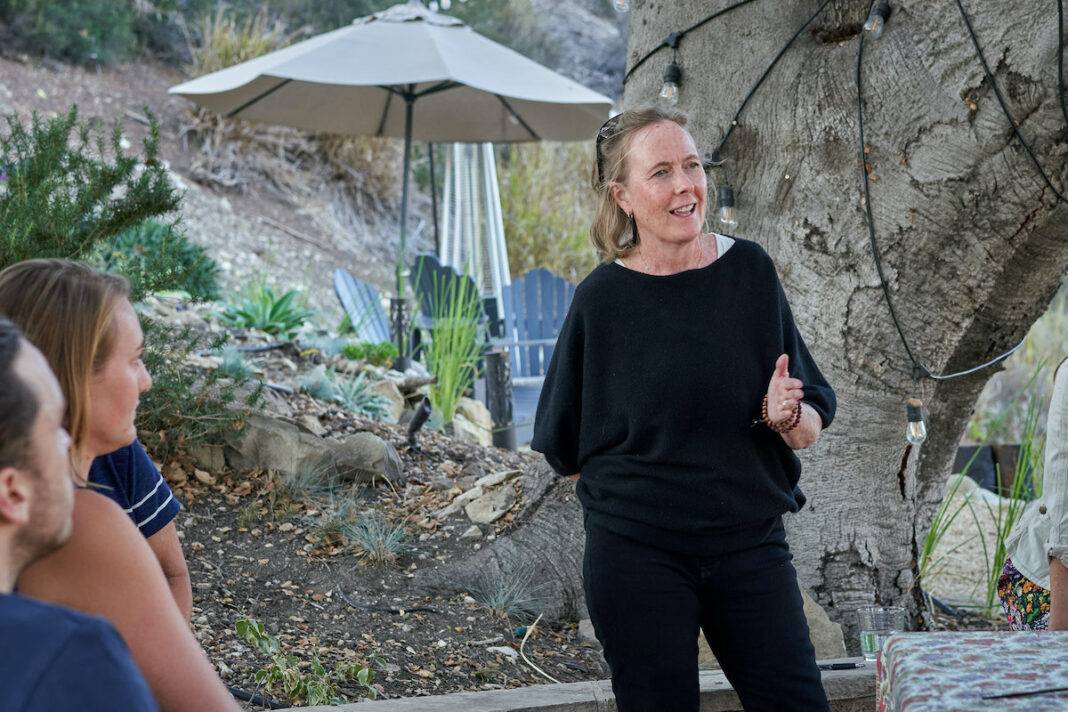A champion for community-based climate action shares a series of happy moments at the Community Environmental Council.
In 1995 Sigrid Wright was living in Washington, D.C., doing nonprofit environmental work, when she visited Santa Barbara on a scouting mission for a new place to live. She showed up at the Community Environmental Council (CEC). “It was the one and only environmental organization that I knew existed in Santa Barbara,” she says.
CEC is also one of the oldest, founded in 1970 in response to the environmental disaster brought on by the oil derrick blowout that profoundly damaged the ecosystem of the Central Coast and gave birth to the environmental movement.
Wright recalls that first visit to CEC as cosmic. “I asked if I could meet with the communications director, because that was my field. He was nice enough to come downstairs and meet me without an appointment. He looked at my resume, and he looked at me, and he said, ‘I’m very impressed. I just got permission an hour ago to hire an assistant. So, when can you start?’”
Wright has worked at CEC for the past twenty-eight years, the last eight as CEO/Executive Director, and she is widely acknowledged for her communication skills, strategic leadership, and long-term vision for solutions to the climate crisis. CEC was recognized as a 2020 California Non-profit of the Year and a City of Santa Barbara Climate Hero. In 2022, Wright herself was awarded Congressional Women of the Year, with a presentation by Assemblyman Salud Carbajal during Earth Day — a renowned event, also inspired by the oil spill — which flowered under Wright’s ten years of management.
“My dad would wake us up in the morning by putting the wood into the stove. That was our alarm clock. I grew up steeped in a kind of homesteading: gardening, canning, and recycling — long before there were recycling laws.”
The contrast between the world Wright experienced growing up and the one she found while pursuing her education formed much of her ethos. A third-generation Oregonian, she grew up stomping around in old growth forests. “Some of my earliest memories are how my dad would wake us up in the morning by putting the wood into the stove. That was our alarm clock. I grew up steeped in a kind of homesteading: gardening, canning, and recycling—long before there were recycling laws. It felt very familiar to be running around in natural spaces, both the wild spaces and the slightly tamed, slightly cultivated spaces of the yard. It really wasn’t until I left for graduate school when I experienced how most of the world works. Which is very not centered around environmental ethics, and not centered around long-term sustainability.”
During her first years at CEC, Wright says she continued along the paths that the non-profit had initiated: marketing materials for pioneering recycling programs, hazardous waste collection, and pesticide-free gardening.” But a freak accident in 2003 would change her focus. She lost control of the car, “fishtailing, flipping, and ending rolling my car a few times down this 100-foot embankment. I had just jumped into my car for a second to move it, so I didn’t have my seatbelt on.
“I landed upside down in an oak tree, on all fours on the interior roof, bleeding and covered in glass. I managed to have just enough consciousness to open the automatic windows and crawl out of the car and then kind of fall out of the tree.”
It took an entire fire station crew to chainsaw their way down to her, and extract her. “I had thought for several hours, that’s it — I’m going to drink the rest of my meals out of a straw.” But in fact, nothing was broken, and although her neck and hip were injured, and she had a concussion and major gash in her head, she was not paralyzed.
“The upshot was that I got really clear afterwards on my purpose and what I was doing with my life. It was like, ‘Okay, your time here could be cut short at any moment. What is it that you want to do?’
“The good thing was, I was already doing the right work. But it really brought our goals here into greater focus. That’s why I feel very comfortable with working at the level and pace that I do, because I’m clear on what I’m here on the planet to accomplish.”
Soon after, the staff and board went through a revisioning process, asking themselves what was the most pressing environmental concern they should be focused on. “And it became really clear,” she says, “that it was climate change.” The organization ended up divesting from other projects and programs. They sold their center to Visiting Nurses and Hospice; they sold their recycling centers to a waste management company; and they handed their hazardous waste collection facilities over to the County. They also took programs they had been running, like Art from Scrap, and spun them out to become their own nonprofits.
“The upshot was that I got really clear afterwards on my purpose and what I was doing with my life. It was like, ‘Okay, your time here could be cut short at any moment. What is it that you want to do?’”
CEC put together what would become the first regional climate action plan for any region that they knew of. “When you look back at it now,” Wright says, “it’s maybe not very polished, because we were inventing how to do one. It was a series of happy moments when I started to feel like we were not alone in the climate work.”
By 2016, CEC had been working on renewable electricity for about ten years, but it took the “We Are Still In” movement, inspired by President Trump’s withdrawal from the Paris Climate Accord, and the realization that we may have to save ourselves, which prompted action. “That led to Ventura, Santa Barbara, and San Luis Obispo all setting goals to move to 100% renewable electricity by 2030,” she says.
Wright firmly believes that the real work happens at the local level. “I’ve managed to find my niche in working on community-led solutions. And I feel that’s where the vast majority of the work needs to happen. And when communities like ours on the Central Coast set targets, it gives credence and shows proof of concept to the state. Then the state will move its needle, which then moves the needle throughout the nation. I would say we have outsized influence because we are in California, and because we are a small enough community that we can get things done, and we’re large enough to matter.
A major achievement was getting local communities to leave investor-owned utilities like PG&E and Southern California Edison, and join a new structure called Community Choice Energy, which allows cities and counties to have greater control over where their electricity comes from. “We still use Edison’s wires, but 1.4 million residents in our region are now getting their electricity, through Community Choice Energy.”
“It was a series of happy moments when I started to feel like we were not alone in the climate work.”
Working to empower individuals to take action within their communities, CEC is collaborating with the UC system to create Climate Stewards. Over ten weeks, individuals do a nine-week course with CEC and then complete a capstone project to become a certified climate steward.
“We’ve turned out over 100 graduates from the program. We give them the tools and the toolkit and the support they need, and they go back to their communities—their schools, their churches, their businesses. They have a multiplier effect, because they’re reaching thousands of people in ways that we could never have done.”
Wright’s latest laser focus has been on the new facility called the Environmental Hub, a 10,000-square-foot, state-of-the-art collaborative space. They’ve converted a building owned by the Hutton Parker Foundation into offices and meeting rooms for CEC and other environmental groups, along with a state-of-the-art community media lab for podcasts and webinars.
“Something as complex as climate change really requires a lot of collaboration, and a lot of people to be engaged in trying to solve it. While CEC is leading the way on a lot of things, ultimately this is much too complex of an issue for just one organization. And the community needs both a physical place to work together in, and an opportunity to collaborate.”

In her limited free time, Wright loves to hike and camp. “Several times a year, when I am feeling housebound, I’ll just set up a tent in my backyard and position myself out of there for a little while. This has been a thing that I’ve done for years.” One summer, after a feral month in the Arctic National Wildlife Refuge, she lived in her two-person REI tent for a couple of months.
“I’m from the land of water and rivers, and I usually spend a chunk of August in Oregon, camping and swimming. One of my favorite things is a river that’s just strong enough that you can swim against the current. Oftentimes I’ll just swim in place. You do that for a few weeks, and you come out with a ‘salmon body’— healthy and toned.”
Wright lives in Goleta, near the Gaviota Coast, or as she describes it, “on the edge of wildness. In the morning it’s red-tailed hawks and hummingbirds and swallows and great blue herons. And at night it’s owls and frogs. The same great blue heron that flew out one direction towards the ocean in the morning will fly back at night. I just love the rhythm of all of that.”
In the last couple of years, because of the amount of energy she has poured into expanding CEC and building the Environmental Hub, she’s had to seriously neglect her beloved garden. But the garden hasn’t given up on her.
“I go out and say to it, ‘What do you want to produce for me?’ Last year it produced volunteer melons and pomegranates, also an abundance of figs, oranges, radishes, and kale. I’m feeling particularly appreciative and supported by the volunteers in all aspects of my life, both at work and at home, just knowing that the natural world is attempting to feed me, even if I’m not feeding myself.”
“I would say we have outsized influence because we are in California, and because we are a small enough community that we can get things done, and we’re large enough to matter. “
Despite the growth of climate awareness, and the recent youth movement for climate change, she points out that, “Unfortunately, it took a series of crises in our own region for people to connect the dots. In some ways, these can be really daunting and frightening and crippling events. And in other ways, they can be the spark or the catalyst you need to get moving. There was a marked difference after the Thomas fire and Montecito debris flow. The community was ready to say, ‘Climate change is here; it’s not far off in the future; it’s something we need to think about for our kids and grandkids; and we’re going to address this now.’”
That led to making the decision to double down on climate change — to double CEC’s programming, double its staff size, double its operating budget, increase its diversity and reach. They now serve both Santa Barbara and Ventura Counties, modeling a successful example of how local solutions can make a difference.
“I feel heartened and committed,” says Wright. “I really think there is no limitation to what can happen when people put their hearts and minds together to work on some significant problem. And this is probably the most momentous one, certainly of our lifetime, probably for many lifetimes. I’ve had enough experiences in the last couple of decades that have shown me that when people put their energy together and focus towards something, the impact is profound. It’s not just one, plus one, plus one; it’s exponential.”


